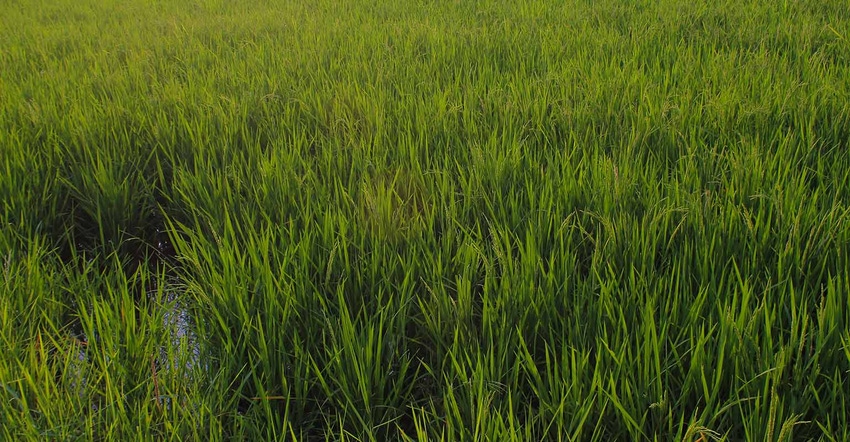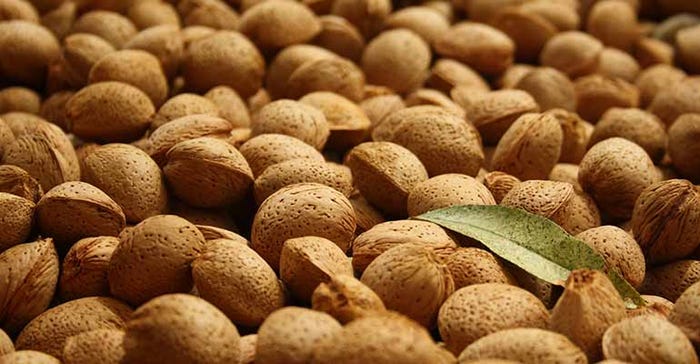April 1, 2022

Sponsored Content
Crop profitability is traditionally defined as total crop production earnings minus crop production expenses. But every operation sets its own, unique threshold for expectations for profitability. Sometimes, those expectations are challenged during uncertain market conditions.
“The work you put into your crops, the weather and global market conditions play a big role in determining profitability,” said Mark Chesini, field technology specialist, Wilbur-Ellis Agribusiness. “We have also seen input costs rise over time. It is vital for growers to continue to achieve better yields and quality to supply current and future customers with the products they desire.”
Growers can work with PCAs (pest control advisers) to know when to pull the three “levers” that increase or decrease profitability: yield, quality and efficiency, notes Matt Comrey, Wilbur-Ellis Western South technical nutrition agronomist, who works with permanent crops like tree nuts and grapes.
Lever 1: Yield
“The first ‘lever’ growers can pull to improve profitability is yield improvement. This strategy is most effective when commodity prices are relatively low, but it takes a higher degree of management. The net result can be the same profitability as if prices were higher and yields were down,” he said. “The yield lever is tricky to use in permanent crops because there is an inverse relationship between nut crop load and nut size and the relationship is dynamic. As growers deliver more pounds of nuts to processors, for example, they can potentially miss size premiums.”

Using the yield lever in annual crops may be different. Chesini says the more hundredweight of rice produced, for example, the higher the yield and likely the greater the income, if all other factors are constant.
Lever 2: Quality
Quality is the second lever for any crop. If growers implement practices that enhance quality, they may receive premiums or see fewer deductions from processors.
“Grain quality in rice will vary based on variety selection, fertilizer applied and application timing, herbicide selection and weed control, disease pressure and lodging,” said Chesini. “If harvest moisture decreases below optimal levels in rice, this could lead to reduced grain quality also, especially in varieties that do not tolerate low moisture. Letting grain moisture dry down to lower than optimal levels will lead to less shrink and a smaller drying bill.”
For example, California rice quality is typically 65% head rice/70% total rice for milling yield. Based on 2021 crop quality payout rates, growers could increase their premium by about 35 cents per hundredweight if they achieved a higher quality of 70/72 in milling yield.

Lever 3: Efficiency
The third lever is efficiency. More specifically, Comrey says nutrient use efficiency is tied to growers implementing certain practices that involve fertility: fertigation and irrigation timing, and applying proper forms of nutrients. Growers can expect better nutrient use and get more crop yield from the same or fewer inputs for a higher return on investment.
“One caution in using the efficiency, or any, lever is to not cut corners or ignore regulatory practices to do more with less. The crop input supply chain is still challenged, and growers and their PCAs must navigate the best ways to improve profitability in light of the situation,” he said. “Any grower can take steps tomorrow to implement any of these levers. They are attainable, proven and lead to more profit.”
Comrey urges growers to be conscious of how to use the levers concurrently based on the crop. While quality may be the priority in rice, efficiency is more critical to permanent crop growers.
“Don’t focus on just the year ahead or get short-sighted with knee-jerk decisions that are not sustainable. With the right plan, growers can use the levers to weather any volatility,” he said.
About the Author(s)
You May Also Like




